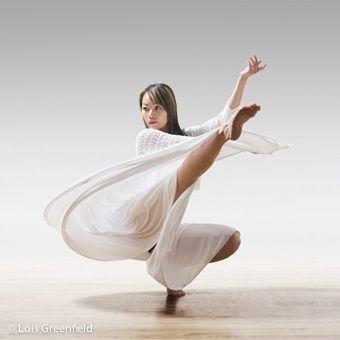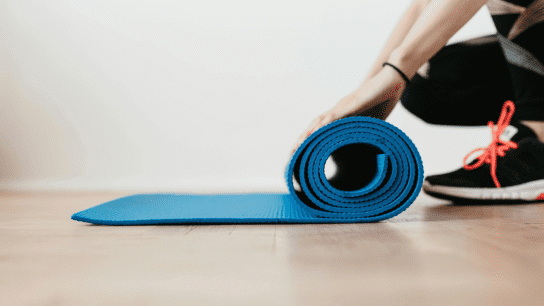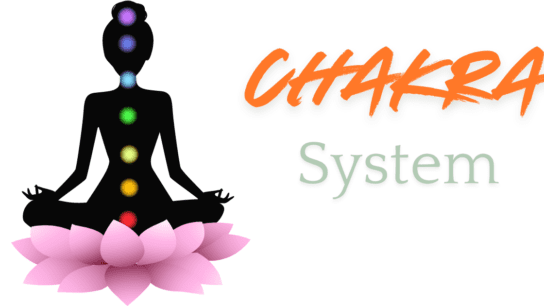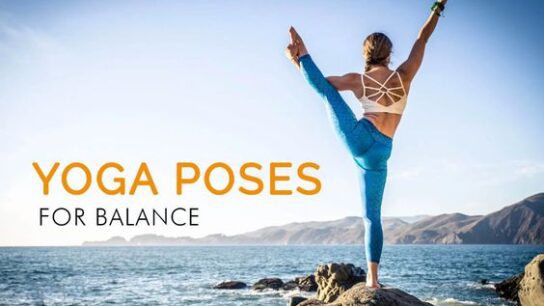In our modern, fast-paced world, maintaining both physical and mental well-being is more crucial than ever. Among the myriad of wellness practices available, Body and Brain Yoga Tai Chi stand out as two powerful methods for achieving a balanced, healthy lifestyle. These ancient disciplines not only promote physical fitness but also enhance mental clarity and emotional stability. This comprehensive guide explores how Yoga and Tai Chi can be integrated into your life for optimal body and brain health, providing detailed insights into their benefits, techniques, and practical applications.
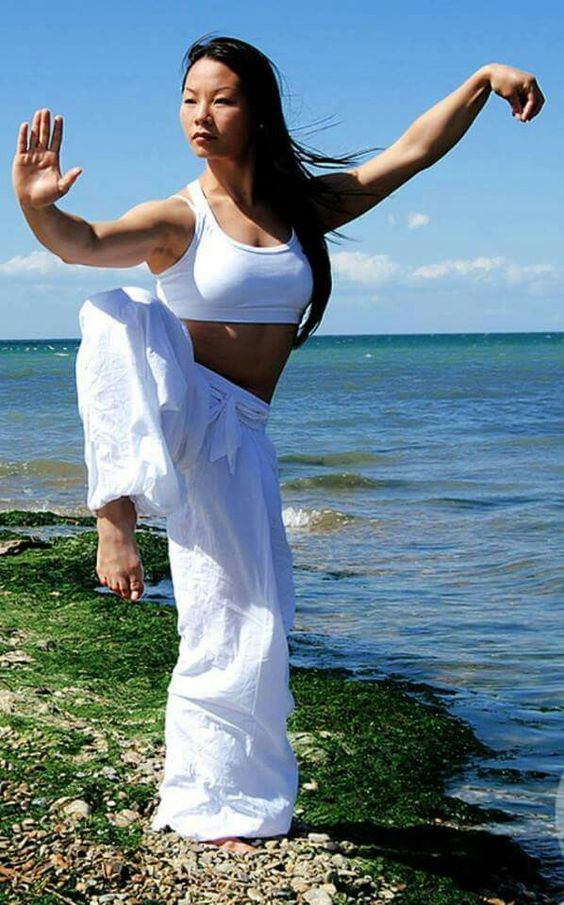
1. Understanding Yoga: A Journey to Balance
Yoga is a holistic practice that originated in ancient India and has become popular worldwide for its benefits to both body and mind. It combines physical postures, breath control, and meditation to foster overall wellness.
1.1 The Fundamentals of Yoga
- Asanas (Postures): Physical poses that enhance flexibility, strength, and balance.
- Pranayama (Breathing Techniques): Controlled breathing practices that improve lung capacity and energy flow.
- Meditation: A mental practice aimed at achieving calmness and mental clarity.
1.2 Benefits of Yoga
Physical Benefits:
- Improved Flexibility: Regular practice stretches muscles and increases range of motion.
- Enhanced Strength: Builds core strength and stabilizes muscles.
- Better Posture: Aligns the spine and supports good posture.
Mental and Emotional Benefits:
- Stress Reduction: Lowers cortisol levels and promotes relaxation.
- Improved Focus: Enhances concentration and cognitive function.
- Emotional Balance: Helps in managing anxiety and depression.
1.3 Popular Yoga Styles
- Hatha Yoga: Focuses on basic postures and breath control, ideal for beginners.
- Vinyasa Yoga: Emphasizes a flowing sequence of poses, synchronizing breath with movement.
- Ashtanga Yoga: A rigorous style that follows a specific sequence of poses, enhancing strength and flexibility.
1.4 Integrating Yoga into Your Routine
To incorporate Yoga into your daily life:
- Start Small: Begin with short sessions, gradually increasing as you become more comfortable.
- Consistency is Key: Practice regularly, ideally a few times a week, to experience the full benefits.
- Find a Class or App: Join a local Yoga class or use an app for guided sessions and techniques.
2. Exploring Tai Chi: The Art of Flowing Movement
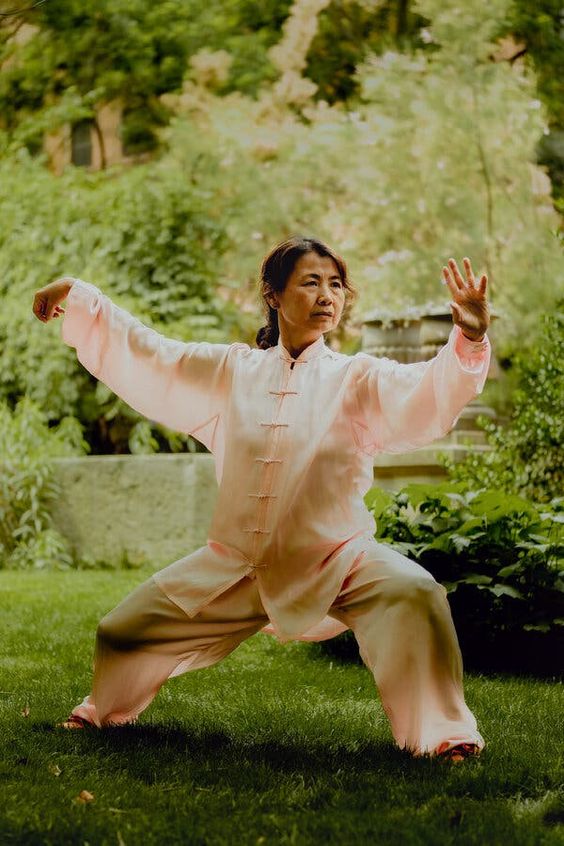
Tai Chi is a Chinese martial art known for its slow, deliberate movements and deep breathing techniques. It’s often described as “meditation in motion” and offers numerous health benefits.
2.1 The Basics of Tai Chi
- Slow, Fluid Movements: Tai Chi consists of a series of gentle, flowing movements that promote relaxation and coordination.
- Breathing Techniques: Deep, abdominal breathing enhances the flow of energy and supports relaxation.
- Mindfulness: The practice encourages a state of mental clarity and focused awareness.
2.2 Benefits of Tai Chi
Physical Benefits:
- Improved Balance: Enhances stability and reduces the risk of falls.
- Enhanced Flexibility: Gentle movements increase joint flexibility and muscle suppleness.
- Better Cardiovascular Health: Regular practice supports heart health and circulation.
Mental and Emotional Benefits:
- Stress Reduction: Promotes relaxation and reduces stress levels.
- Mental Clarity: Improves concentration and cognitive function.
- Emotional Well-Being: Supports emotional resilience and reduces anxiety.
2.3 Types of Tai Chi
- Yang Style: Characterized by its gentle, flowing movements and focus on relaxation.
- Chen Style: Known for its more vigorous and dynamic movements, suitable for those seeking a more intense practice.
- Wu Style: Features compact movements and precise postures, ideal for improving balance and coordination.
2.4 Incorporating Tai Chi into Your Life
To include Tai Chi in your lifestyle:
- Join a Class: Look for local Tai Chi classes or workshops for guided practice.
- Practice at Home: Use online tutorials or apps to learn and practice at your own pace.
- Be Patient: Tai Chi requires patience and consistency; start slowly and build your practice over time.
3. Combining Yoga and Tai Chi for Comprehensive Wellness
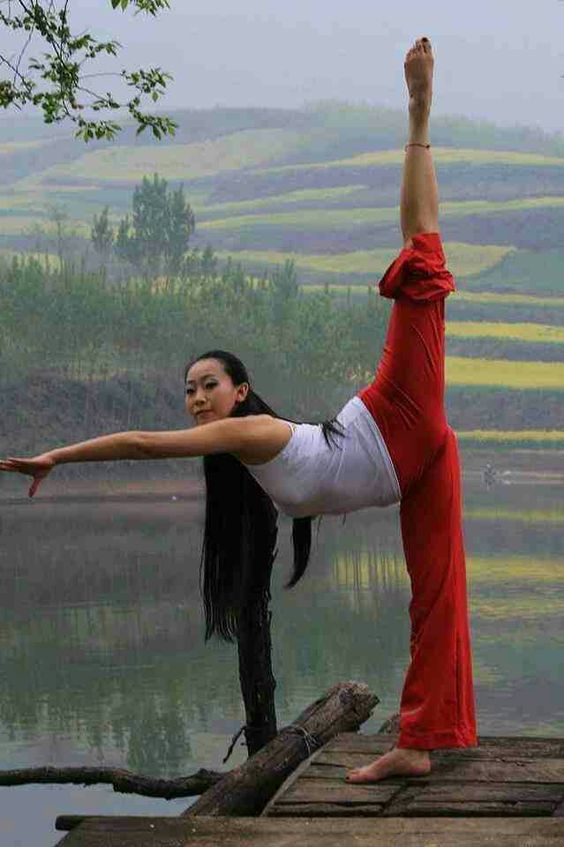
While Yoga and Tai Chi are distinct practices, combining them can offer a well-rounded approach to body and brain wellness. Each discipline complements the other, providing a range of benefits that support overall health.
3.1 Synergistic Benefits
- Enhanced Flexibility and Strength: Yoga’s asanas and Tai Chi’s fluid movements together enhance flexibility, strength, and balance.
- Improved Mental Clarity: Meditation in Yoga and mindfulness in Tai Chi both contribute to better mental focus and emotional stability.
- Stress Relief: Both practices promote relaxation and reduce stress through their unique techniques.
3.2 Creating a Balanced Routine
To effectively integrate both practices:
- Alternate Practices: Alternate between Yoga and Tai Chi sessions throughout the week to enjoy the benefits of both.
- Combine Techniques: Integrate Tai Chi movements into your Yoga practice or use Yoga stretches in your Tai Chi routine.
- Listen to Your Body: Pay attention to how your body responds and adjust your practice accordingly.
4. Practical Tips for Practicing Yoga and Tai Chi
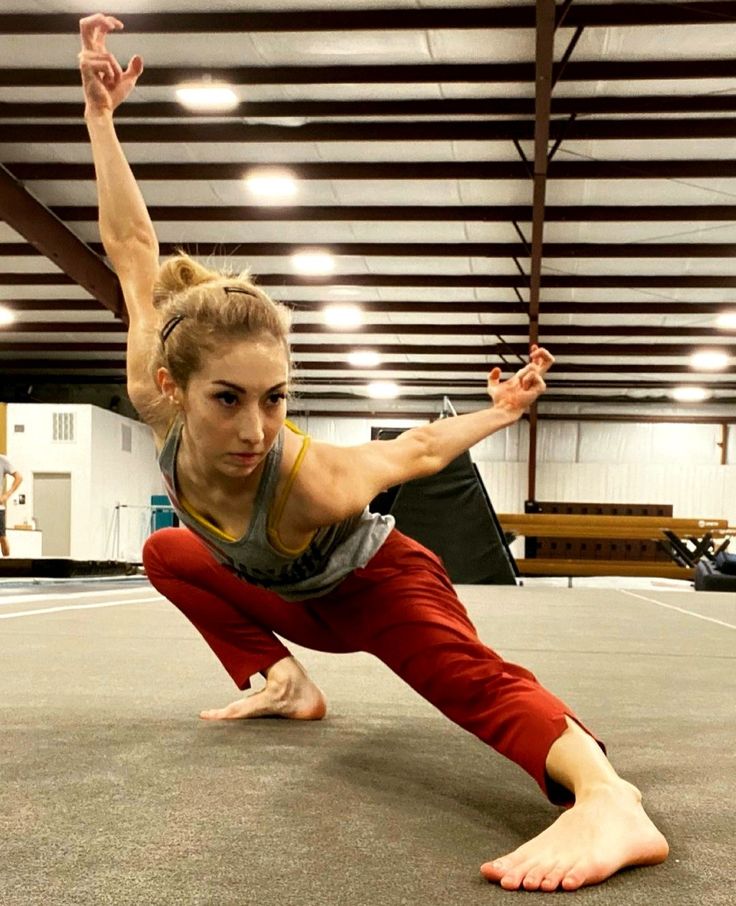
4.1 Setting Up Your Practice Space
- Choose a Quiet Area: Find a calm, clutter-free space for practice.
- Use Proper Equipment: Invest in a Yoga mat and comfortable clothing for Yoga; wear loose-fitting clothes for Tai Chi.
- Create a Relaxing Atmosphere: Consider using soothing music or essential oils to enhance your practice environment.
4.2 Finding the Right Instruction
- Local Classes: Look for Yoga and Tai Chi classes in your area for guided instruction and community support.
- Online Resources: Utilize online platforms and apps for virtual classes and tutorials.
- Qualified Instructors: Seek experienced and certified instructors to ensure proper technique and safety.
4.3 Staying Motivated
- Set Goals: Establish clear goals for your practice, such as improving flexibility or reducing stress.
- Track Progress: Keep a journal or use an app to track your progress and achievements.
- Join a Community: Connect with others who practice Yoga or Tai Chi for support and motivation.
5. Addressing Common Concerns
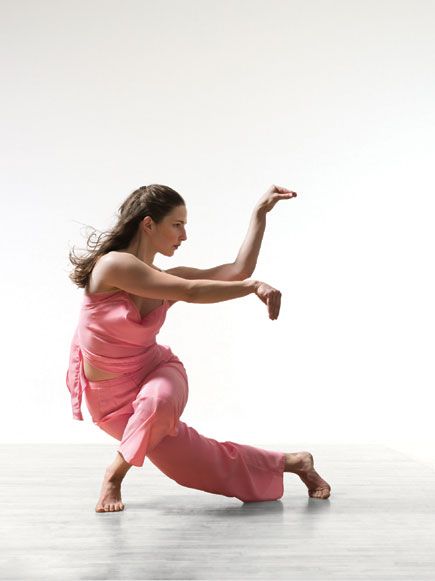
5.1 Safety Considerations
- Consult a Doctor: If you have any health conditions, consult your healthcare provider before starting Yoga or Tai Chi.
- Modify Poses: Make adjustments or use props as needed to accommodate your physical abilities.
- Listen to Your Body: Avoid pushing yourself too hard and recognize when to rest or seek assistance.
5.2 Overcoming Challenges
- Dealing with Frustration: Understand that progress takes time and practice. Be patient with yourself.
- Staying Consistent: Establish a routine that fits your schedule and stick to it as much as possible.
- Handling Setbacks: If you miss a session or face difficulties, focus on getting back on track without self-criticism. Click
6. Conclusion
Yoga and Tai Chi offer profound benefits for both body and brain, providing a holistic approach to wellness. By incorporating these practices into your daily routine, you can enhance physical fitness, mental clarity, and emotional stability. Whether you choose to focus on Yoga, Tai Chi, or a combination of both, the key is to practice regularly and listen to your body’s needs. Embrace the journey towards a balanced and healthy lifestyle, and enjoy the transformative effects of these ancient disciplines.
By integrating Yoga and Tai Chi into your wellness routine, you’re not only investing in your physical health but also nurturing your mental and emotional well-being. Take the first step towards a more harmonious life and discover the countless benefits that these practices can offer.
FAQs: Yoga and Tai Chi for Body and Brain Wellness
1. What is Yoga and how does it benefit the body and mind?
Yoga is a holistic practice that combines physical postures (asanas), breathing techniques (pranayama), and meditation. It benefits the body by improving flexibility, strength, and posture. Mentally, it aids in reducing stress, enhancing focus, and promoting emotional balance.
2. What are the different types of Yoga and which one should I try?
Common types of Yoga include:
- Hatha Yoga: Great for beginners, focuses on basic postures and breath control.
- Vinyasa Yoga: Known for its flowing sequences, syncing breath with movement.
- Ashtanga Yoga: A more vigorous practice with a specific sequence of postures.
Choose based on your fitness level and goals. Hatha Yoga is a good start for beginners, while Vinyasa and Ashtanga offer more dynamic practices.
3. How does Tai Chi differ from Yoga?
Tai Chi is a Chinese martial art focusing on slow, flowing movements and deep breathing. Unlike Yoga, which involves static postures and meditation, Tai Chi emphasizes fluid motion and mindfulness in movement. Both practices enhance balance and mental clarity, but they do so through different techniques.
4. What are the key benefits of Tai Chi?
Tai Chi offers several benefits, including:
- Improved Balance: Enhances stability and reduces fall risk.
- Enhanced Flexibility: Increases joint flexibility and muscle suppleness.
- Better Cardiovascular Health: Supports heart health and circulation.
- Stress Relief: Promotes relaxation and mental clarity.
5. Can Yoga and Tai Chi be practiced together?
Yes, Yoga and Tai Chi can be combined to enhance overall wellness. Integrating both practices can offer comprehensive benefits, such as improved flexibility and strength from Yoga, and better balance and relaxation from Tai Chi.
6. How do I start practicing Yoga and Tai Chi?
To start:
- Yoga: Begin with basic poses and breathing exercises. Consider joining a class or using a beginner-friendly app or video.
- Tai Chi: Start with simple movements and join a class or use online resources to learn the basic forms and techniques.
7. How often should I practice Yoga and Tai Chi?
Aim to practice Yoga or Tai Chi several times a week. Consistency is key to experiencing the full benefits. Even short daily sessions can be effective.
8. What equipment do I need for Yoga and Tai Chi?
- Yoga: A Yoga mat, comfortable clothing, and optionally, props like blocks or straps.
- Tai Chi: Loose-fitting clothing and comfortable shoes. A Tai Chi fan or sword is optional for advanced practices.
9. Are there any safety concerns or precautions I should take?
- Yoga: Consult a healthcare provider if you have any health issues. Use modifications and props as needed to avoid injury.
- Tai Chi: Ensure you have enough space and avoid overly strenuous movements. Consult with a professional if you have any medical conditions.
10. Can Yoga and Tai Chi help with stress and anxiety?
Yes, both Yoga and Tai Chi are effective for stress management. Yoga uses breathing exercises and meditation to calm the mind, while Tai Chi’s slow, mindful movements and deep breathing help reduce stress and promote relaxation.
11. How long does it take to see results from Yoga and Tai Chi?
Results can vary, but many people start to notice improvements in flexibility, strength, and stress levels within a few weeks of regular practice. Long-term benefits, such as improved mental clarity and emotional balance, typically develop with consistent practice.
12. Can I practice Yoga and Tai Chi if I’m new to exercise or have a health condition?
Yes, both Yoga and Tai Chi are accessible to beginners and can be adapted for various fitness levels and health conditions. Start with gentle practices and consult a healthcare provider to ensure the exercises are suitable for your specific needs.
13. How can I stay motivated to continue practicing Yoga and Tai Chi?
To stay motivated:
- Set Clear Goals: Establish personal goals for your practice.
- Track Progress: Use a journal or app to monitor your achievements.
- Join a Community: Connect with others who practice Yoga or Tai Chi for support and encouragement.
- Mix It Up: Incorporate different styles and routines to keep things interesting.
14. Where can I find resources to learn more about Yoga and Tai Chi?
Resources include:
- Local Classes: Look for Yoga and Tai Chi classes at community centers or studios.
- Online Platforms: Use websites, apps, and YouTube channels offering classes and tutorials.
- Books and DVDs: Purchase or borrow instructional materials for self-guided practice.
15. How can I combine Yoga and Tai Chi into a balanced wellness routine?
Create a routine by alternating between Yoga and Tai Chi sessions. For example, practice Yoga on certain days and Tai Chi on others, or combine elements of both in a single session. Adjust based on your goals and preferences to maintain balance and variety.
16. What should I do if I face challenges or difficulties in my practice?
- Seek Guidance: Consult with instructors or use resources to address challenges.
- Modify Exercises: Adjust poses or movements to suit your needs and comfort level.
- Stay Patient: Progress takes time. Focus on gradual improvement and enjoy the journey.
By addressing these frequently asked questions, you can better navigate your Yoga and Tai Chi journey, ensuring a more enriching and beneficial experience. Embrace these practices to enhance your body and brain wellness, and enjoy the transformative effects they bring to your life.
More information Click Here

